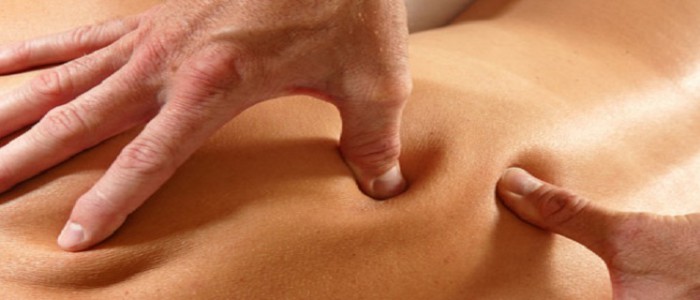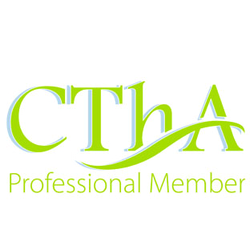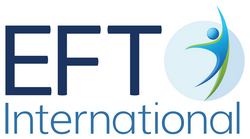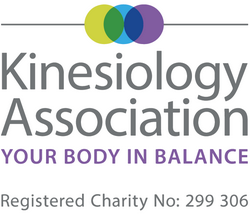Sports Massage - Myo Fascia Release - Trigger Points

Sports Massage
Sports massage is a soft tissue treatment, primarily aimed at athletes to ease muscular tension and minor injuries received as a result of sport. However, it is not exclusive to athletes, as many people prefer the often deeper, sometimes more intense, massage delivered by sports massage therapists.
Sports massage is predominantly used as part of an athletes training program, complementing progressive training and minimising potential incidences of injury by reducing muscle tension. It can be used in a variety of situations; pre-event which is typically used to prepare the athlete physically and help with mental preparation, inter or intra-event which helps prepare the muscle for subsequent activity, post-event which can aid relaxation following activity and can be used to assess muscle condition for potential injury. Sports massage therapists work alongside medical and health care teams as well as within sporting environments.
A typical session would begin with a discussion between the practitioner and the client to seek the client's relevant personal details, medical history and reason for the visit. Using this information the practitioner may then further observe posture, client's movement, evaluate the tissue by touch and carry out specific functional tests to establish the possible cause of discomfort or injury. Using this information, and in conjunction with the client an appropriate treatment plan will be developed. All assessments and treatment will be explained to the client and informed consent will be sought.
The client may be asked to undress or perhaps change into sports wear for the assessment and treatment. The treatment will be tailored to address the needs of the client and may include the application of a variety of soft tissue techniques and functional movement skills. These may necessitate movement by the client. Following treatment the practitioner will offer homecare advice to facilitate or continue the treatment effects and advise in the case of adverse reactions. The therapist may also suggest referral to another practitioner if treatment is not within their remit.
Sports Therapy
Sports therapy uses a range of therapeutic techniques for the prevention, recognition and treatment of minor sports injuries. It can also be used to provide support with people wanting to maintain and improve fitness.
A typical session will involve appraising the injury using a number of techniques including posture analysis, gait analysis, biomechanical assessment, as well as soft tissue assessment. The session itself may include soft tissue therapy, mechanical and electrical treatment, cooling or warming therapy and mobilisation.
Sports therapy may be used to address an extensive range of injuries. Sports therapy may also be found to be helpful in the mental preparation of athletes for sporting participation.
Massage Therapy
In all types of massage therapy, the intention is to relax the soft tissues, increase delivery of blood and oxygen to the massaged areas, warm them, and help the body to relax.
In a typical massage therapy session, the practitioner will discuss symptoms, medical history and the desired results. The practitioner generally performs some evaluation through touch before beginning the massage. Oil or powder help reduce friction on the skin and the therapist may use other aids, such as ice, heat, fragrances, or machines.
Massage may be found to bring relief from everyday aches, reduce stress, increase relaxation, and address feelings of anxiety and tension, and aid general wellness. It can also be used in support of other therapies to assist in the rehabilitation of muscular injuries.
Myo Fascia Release
Myofascial Release (MFR) is a specialised physical and manual therapy used for the effective treatment and rehabilitation of soft tissue and fascial aches, pains, tension and restrictions.
MFR is a safe and very effective hands-on technique that involves applying gentle sustained pressure into the Myofascial connective tissue restrictions to eliminate pain and restore motion. This essential "time element" has to do with the viscous flow and the piezoelectric phenomenon: a low load (gentle pressure) applied slowly will allow a viscoelastic medium (fascia) to elongate.
Trauma, inflammatory responses, and/or surgical procedures create Myofascial restrictions that can produce tensile pressures that do not show up in many of the standard tests (x-rays, CAT scans, electromyography, etc.)
The use of MFR allows me to look at each patient as a unique individual.
These one-on-one therapy sessions are hands-on treatments during which I use a multitude of MFR techniques and movement therapy.
I promote independence through education in proper body mechanics and movement, self-treatment instruction, enhancement of strength, improved flexibility, and postural and movement awareness.
Hands-On Treatment
Each MFR Treatment session is performed directly on skin without oils, creams, lotions or machinery. This enables me to accurately detect fascial restrictions and apply the appropriate amount of sustained pressure to facilitate release of the fascia. MFR cultivates a sense of touch so that each and every treatment is uniquely delivered with skilled 'listening" hands.
Trigger Points
A trigger point, as the name implies, is a specific point or area in a muscle that can causes pain to refer to another part of the body. For example, a trigger point located in the neck could be the source of a headache or even toothache. Neck pain may be "referred" from a trigger point in the shoulders or back. You can suffer with localised pain in the area of the Trigger Point, but most of the time, (70%) this Trigger point will refer to another part of the body.
Trigger Points are tender to touch and form a 'knot" or tight band of fibrous tissue in or around a muscle and by pressing, or applying a pin point pressure, this will cause pain localised but also more than often pain else where in the body. Trigger points can be held responsible for other issues in the body such as weak muscles, loss of co-ordination, limited mobility and many more.
Some trigger points can develop due to sedentary lifestyles, acute or repetitive trauma/impact to the muscle, sleep problems, joint problems, vitamin/nutritional deficiencies, and muscular overload, among others. Using trigger point therapy, the 'knots" (contracted muscle fibres) can be relaxed and stretched thus aiming to deactivate the trigger point giving a significant reduction in pain and symptoms.
Using trigger point therapy with other regular massage techniques can further amplify the benefits and help relieve pains, even for stubborn conditions.
Related Pages
Next Previous Blog/News
I heard that some people don't know what to do with all the time on their hands during this "stay home, stay safe" period. Others have begun amazing new hobbies or are running around with their hair on fire juggling work from home, homeschooling, hom...
Next Previous Testimonials
"I suffer from a long-term sciatic problem that is severe and causes a good deal of pain. I have been working with Sonia for three months and my core strength has improved, as has all the muscle strain around the weak part of my spine. My osteopath says that he feels a real improvement. I love my sessions with Sonia, they are always varied and especially tailored to fit my very particular needs. She is thorough, kind and attentive. I have recommended her widely and will continue to do so." Jennifer S
"I have always been very active having played a number of sports to a very high standard. My focus has always been on strength and fitness and I realised after a couple of minor injuries that I had neglected some key principles. Working with Sonia was of course very different to working out in a gym or to any other training regime I had been involved in but it has so far had a huge impact on everything that I do - from walking to the tube and avoiding recurring foot injuries to my posture at work and also in the gym. I have learnt things about my body that I never knew and I now wish I had known before. I thought her style of pilates would be interesting and a change from my normal workouts but it has had a much deeper impact than I could have imagined. I now know so much more about my body and can put that knowledge to use in my workouts and everyday fitness regime. Just because you go to the gym 3 times a week does not mean you don't "need" Sonia - in fact I would suggest the opposite. In addition to this, on a personal level, Sonia always makes her sessions interesting. She is an interesting and engaging person who will make an introduction to Pilates Yoga or Somatic Movement a most worthwhile experience and even experts will benefit from her broad knowledge about the body and the mind. I couldn't recommend Sonia more highly to everyone, of all ages and all levels of fitness and experience." Graham H








